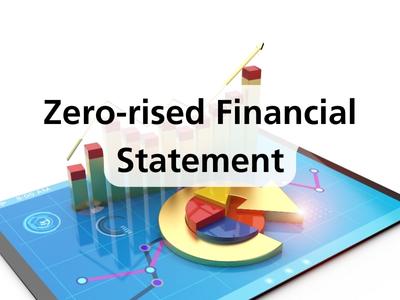Understanding Zero-rised Financial Statement
A zero-rised financial statement is where a company zeroes out, or resets, its financials by ensuring it no longer has any outstanding debts or retains any assets. Completing this process is bound to become a top priority when a company is looking at striking off or officially closing its operations. Just to be clear, any company planning to start the striking-off process has to meet this requirement, among others.
The Steps to Zero-rised Your Financial Statement
When you’re on a mission to zero-ise your financial statement, here’s what’s on your to-do list:
- First, get rid of all the assets that your company owns, retaining only the company bank account.
- You need to settle the score on all your debts and liabilities – they should be fully paid and cleared.
- Make sure you don’t have any money due to you (“accounts receivable”) or money you owe to others (“accounts payable”). Also, eliminate any contingent assets or liabilities, which are potential claims that might come up.
- Pay off all existing debts your company has with the Inland Revenue Authority of Singapore (IRAS), Central Provident Fund (CPF) Board, and other government bodies.
- Be certain that there’s no lingering tax credit that your company is entitled to.
- Confirm there are no remaining charges in your company’s charge register, where any financial obligations are recorded.
After all these steps are done and dusted, you should get cracking on your company’s final financial statements, starting from when your business ceased operations. When submitting your application to strike off your company to the Accounting and Corporate Regulatory Authority (ACRA), don’t forget to include these final accounts.



